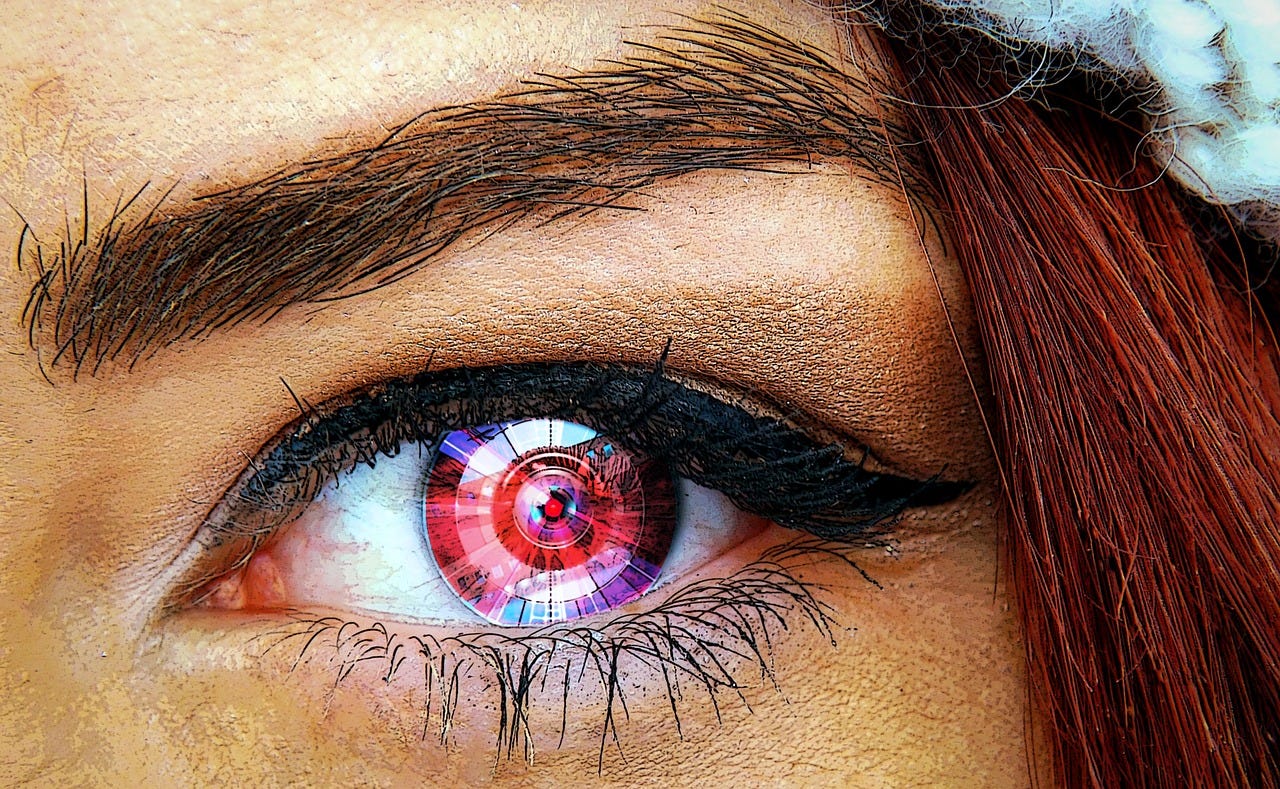Future mobile tech needs these features to work seamlessly


Biometrics
Biometrics should go further than fingerprint recognition. Software that logs you in by recognizing your eyes -- such as Windows Hello in the Windows Lumia 950 and 950XL has been around since early 2016.
Apple's FaceID, available since Sept 2017 uses facial recognition gives you access to your phone. Expect other device manufacturers to follow suit.
Universal plugs
It is a real pain scrabbling to find the correct charging adapter when one of your devices is down to its last percent of remaining battery.
Surely manufacturers can get together and agree on a universal standard for charging cables. It will reduce plastic waste and streamline our mobile lives.
Seamless voice control
Some voice agents are awful, some are fairly good. A voice agent that recognizes everything that we ask of it -- across all devices -- is not impossible. We just need to wait for this to happen.
Wi-Fi charging
All phones -- not just an elite few -- should have the capability to be quickly charged over Wi-Fi.
We would then not need the hassle of trying to find a suitable adapter when the battery gives up on us.
Reserve batteries
When fuel runs out on a motorbike, you can usually switch to the reserve tank and get yourself to the next gas station.
Keeping 20 percent of the device battery as a 'reserve tank' option would be more than useful, and buy us some critical time.
Mobile device covers
More and more manufacturers now include a phone cover / protector. Consumers usually buy a cover for their shiny new device -- so why not include one in the box?
It would protect the phone from screen cracking and other impact issues.
Shatterproof screens
The technology is here to dramatically improve resistance of glass and plastic to cracking and shattering.
It is about time manufacturers put R&D dollars into making a more rugged device that will last for longer than one slip out of the hand.
Total app control over shared data
Do our apps really need so many permissions to work, such as access to delete items on your storage card, or to record what you say via the device microphone?
Device manufacturers should make irrevocable permission setting standard, so apps can not re-enable the permissions without our explicit knowledge.
Flexible screens
No more screen cracks when the device is in a pocket. No screen shattering when the device is dropped. Flexible screen technology for mobile devices is not an impossible ask.
The challenge is to manufacture flexible electronic components such as CPUs and batteries.
Projectors
A projector hidden inside your phone to project your images and videos is not so far fetched as you might think.
Lenovo's concept Smart Cast phone was first showcased in 2015. Some day all devices will have this technology inside the device.